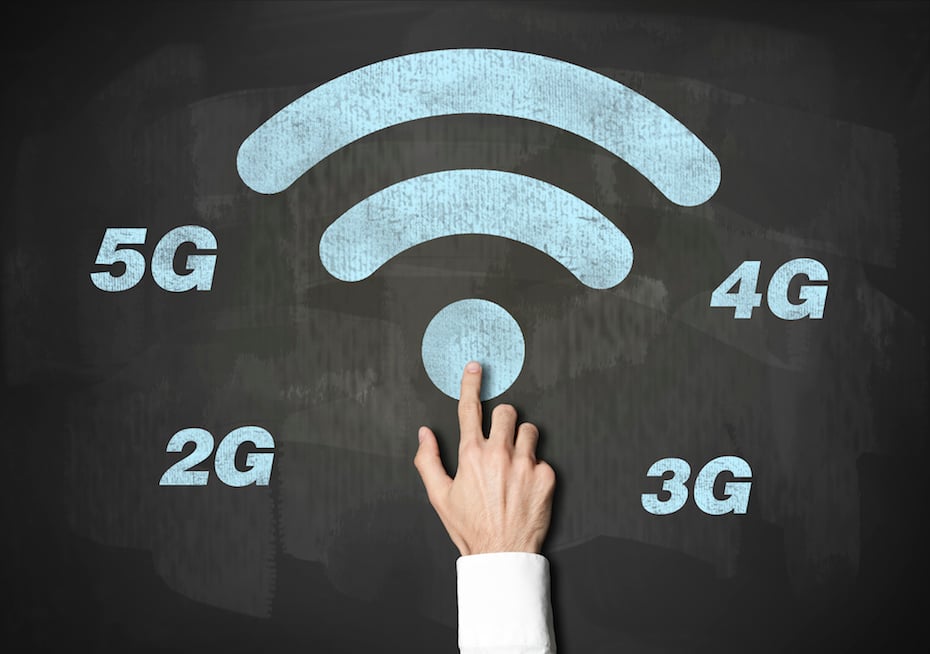In the ever-evolving landscape of telecommunications technology, Australia stands at the forefront of change once again. The sun is setting on an era as the nation takes decisive steps towards phasing out its 3G network. With newer and faster technologies on the horizon, this move represents a significant milestone in Australia's journey towards a more connected future.
The Evolution of Mobile Networks
Mobile networks have come a long way since their inception. The first-generation (1G) networks were analog and primarily supported voice calls. The 2G networks brought digital communication and introduced the world to text messages. 3G networks were revolutionary, enabling mobile data and basic internet browsing. However, as technology continued to advance, 4G networks took center stage, offering even faster data speeds, low latency, and the foundation for a host of new applications.
Why Phase Out 3G?
The phase-out of the 3G network in Australia is driven by several key factors:
The Phasing Out Process
Australia's phase-out of the 3G network involves a structured and collaborative approach:
Benefits of the Transition
The transition away from the 3G network brings forth numerous benefits:
Australia's decision to phase out the 3G network is a significant step forward in its technological journey. This transition represents a commitment to providing citizens with cutting-edge connectivity, enabling innovation, and contributing to the nation's growth. As the sun sets on 3G, a new dawn of possibilities emerges through faster, more reliable, and efficient 4G and 5G networks. Make sure you are prepared for the change, if you have an older device this might be the time to invest in new technology before it becomes obsolete.
The Evolution of Mobile Networks
Mobile networks have come a long way since their inception. The first-generation (1G) networks were analog and primarily supported voice calls. The 2G networks brought digital communication and introduced the world to text messages. 3G networks were revolutionary, enabling mobile data and basic internet browsing. However, as technology continued to advance, 4G networks took center stage, offering even faster data speeds, low latency, and the foundation for a host of new applications.
Why Phase Out 3G?
The phase-out of the 3G network in Australia is driven by several key factors:
- Spectrum Efficiency: As demand for mobile data continues to surge, 4G and 5G networks are better equipped to handle the increased load. The spectrum used for 3G can be repurposed for these newer, more efficient networks, optimizing the use of limited resources.
- Obsolete Technology: Compared to 4G and 5G, 3G technology is significantly slower and has higher latency. With the proliferation of bandwidth-intensive applications like video streaming, online gaming, and smart devices, 3G can no longer meet the needs of modern users.
- Faster Data Speeds: 4G and 5G networks offer considerably faster data speeds, enhancing user experiences and enabling seamless connectivity for data-intensive activities.
- Network Reliability: By focusing resources on newer technologies, telecommunications providers can enhance the overall reliability and coverage of their networks, providing a better service to customers.
- Economic Efficiency: Maintaining multiple legacy networks can be costly. By retiring the 3G network, providers can streamline their operations and invest resources in advancing technologies.
The Phasing Out Process
Australia's phase-out of the 3G network involves a structured and collaborative approach:
- Communication: Telecommunications providers are communicating the phase-out plan to their customers well in advance. This includes information on the timeline, impacts, and steps customers can take to transition smoothly.
- Network Upgrades: Providers are investing in upgrading their 4G and 5G networks to ensure they can handle the increased traffic resulting from the migration of 3G users.
- Support for Transition: Service providers are offering support to customers who still rely on 3G devices, helping them upgrade to 4G or 5G-compatible devices and plans.
- Timeline: The phase-out timeline varies among providers, with most aiming to complete the process over the course of a year or two. This staggered approach minimizes disruptions to users.
Benefits of the Transition
The transition away from the 3G network brings forth numerous benefits:
- Enhanced User Experience: Users will enjoy faster and more reliable connections, enabling them to make the most of modern applications and services.
- Innovation: The freed-up spectrum can be allocated to newer technologies, fostering innovation and paving the way for the expansion of 5G networks.
- Economic Growth: A technologically advanced telecommunications infrastructure is crucial for economic growth, attracting investment and enabling businesses to thrive in a connected world.
- Environmental Impact: The more efficient use of spectrum and energy resources by newer networks contributes to a reduced environmental footprint.
Australia's decision to phase out the 3G network is a significant step forward in its technological journey. This transition represents a commitment to providing citizens with cutting-edge connectivity, enabling innovation, and contributing to the nation's growth. As the sun sets on 3G, a new dawn of possibilities emerges through faster, more reliable, and efficient 4G and 5G networks. Make sure you are prepared for the change, if you have an older device this might be the time to invest in new technology before it becomes obsolete.


 RSS Feed
RSS Feed
